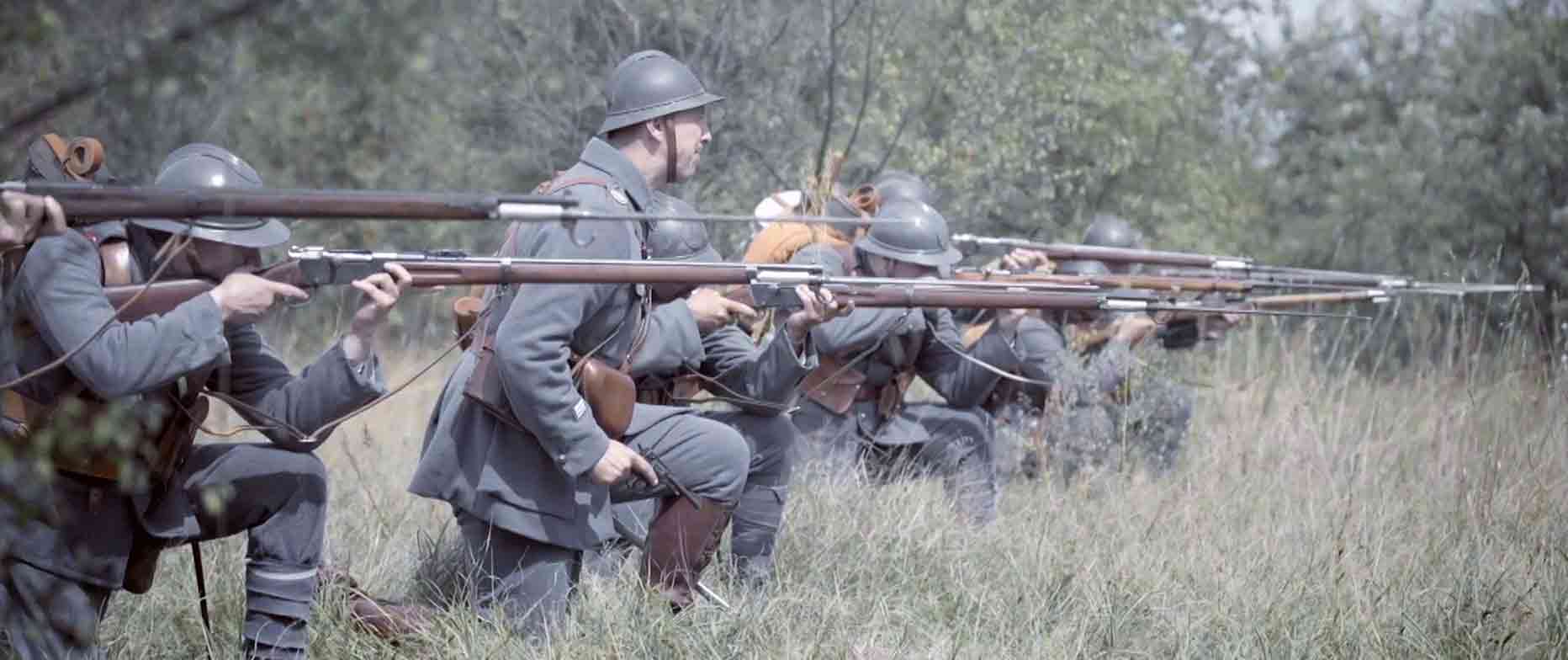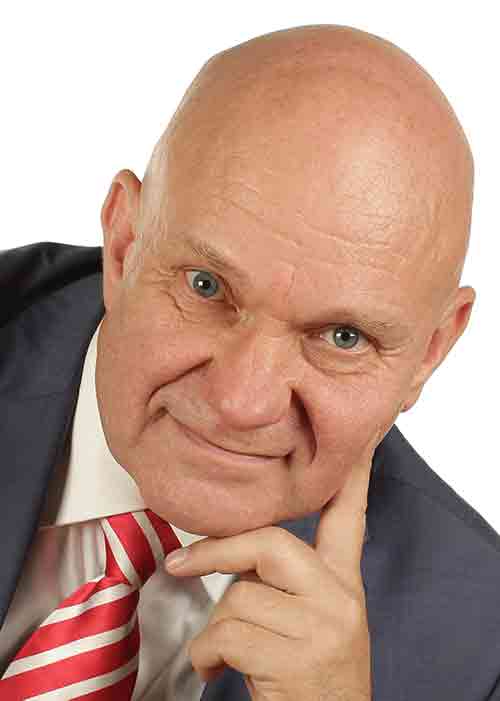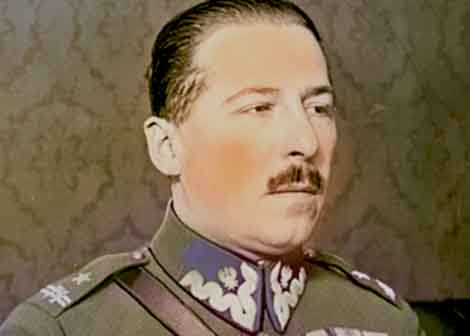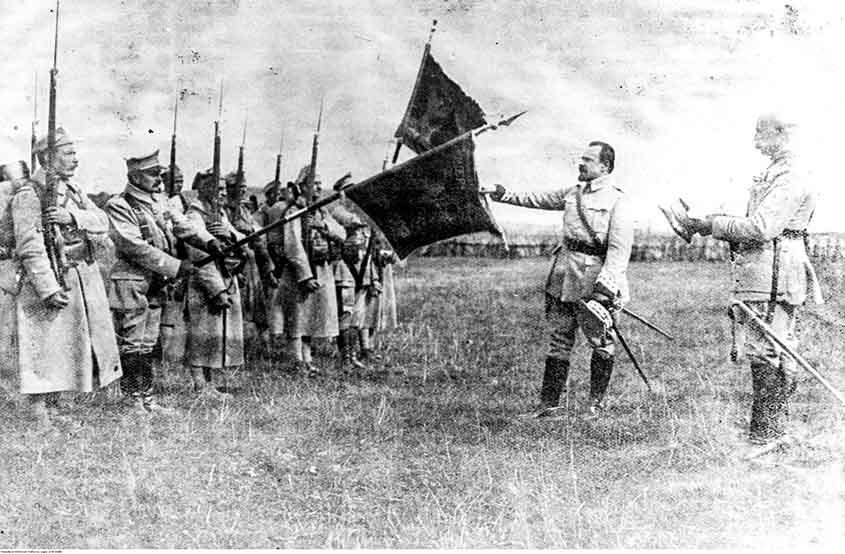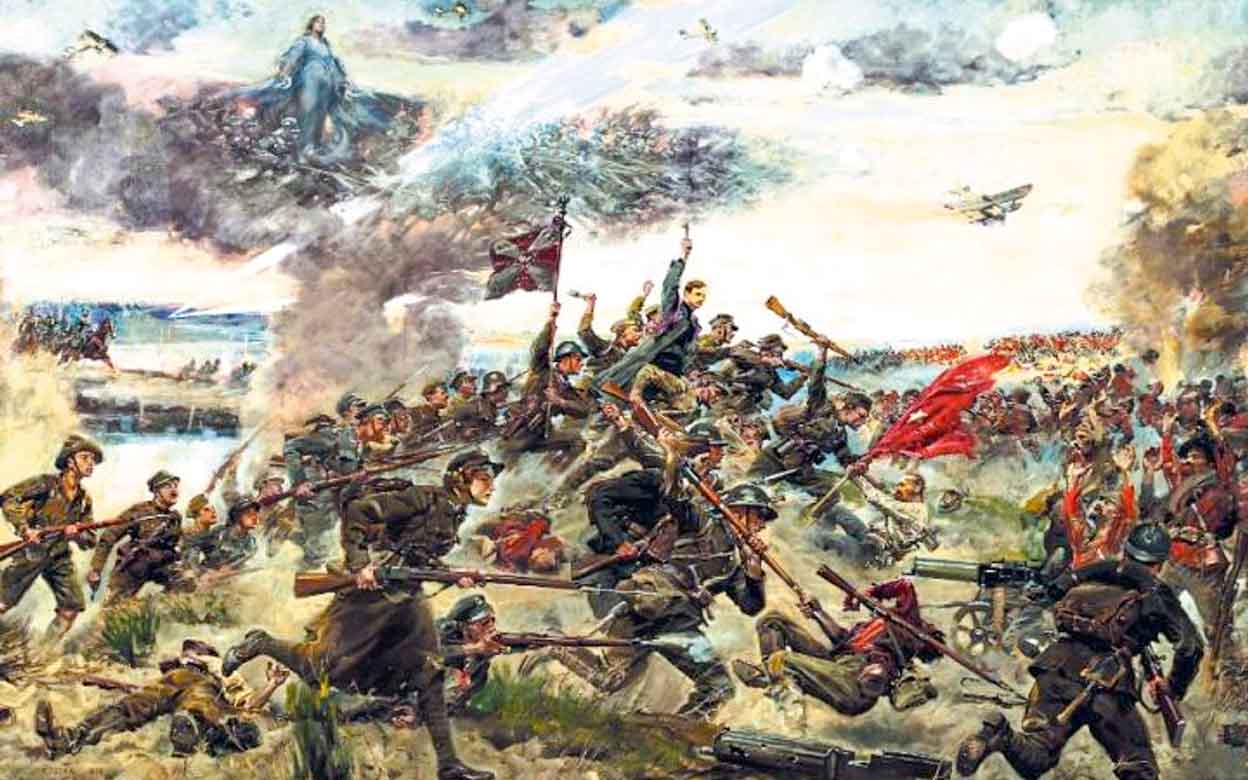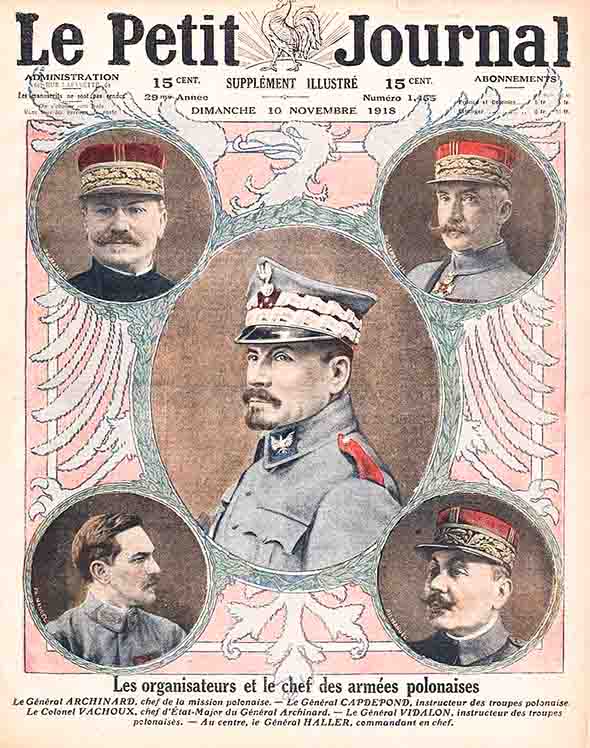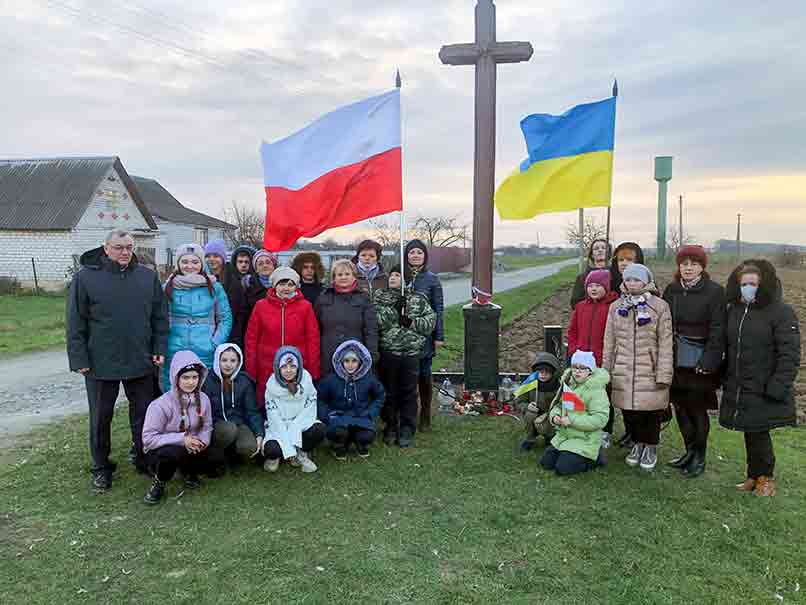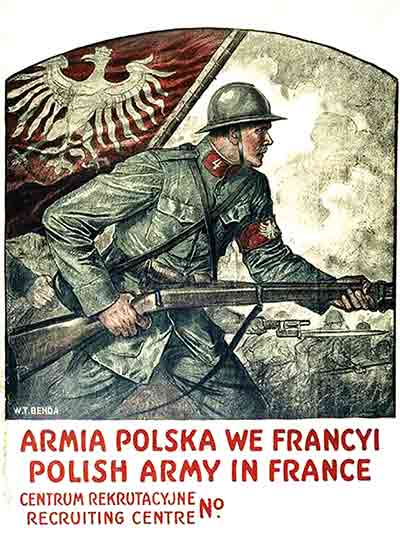The celebration of the 100th anniversary of the victorious Battle of Warsaw is still ongoing. We defended not only our own country, but also the European Latin civilization.
Some talk about a war of two civilizations, but can the bands of Bolsheviks be called a civilization?
According to Lord Edgard Vincent d’Abernon, a witness of the events, the Battle of Warsaw should be included among the 18 most important battles deciding the fate of the world, even more important than the defeat of the Arabs at Poitiers by Charles Martel ( Charles TheHam-mer) in 732. Were if not for this victory, Marxism would be the basic subject taught at universities in Berlin, Paris and other European capitals.
Despite the "First Betrayal of the West-1920, the forgotten appeasement", as described in the book by prof. Andrzej Nowak, we won. European empires were ready to trade Poland in ex-change for peace with Bolshevik Russia: "Hot summer of 1920. The Soviet armies stand near Warsaw, the Poles are getting ready for the final battle. There is a triumphant mood at the Con-gress of the International, after all, "the way over the corpse of white Poland leads to a fire whose flames will engulf the world". English dockers are on strike against aid for Poland, and Czechoslovakia seizes the opportunity to capture Zaolzie. The situation is dramatic, but the Germans do not look scared as the Soviet envoys in Berlin argue that they will not cross their border. The Red Army gives Działdowo to the Germans. "
On the 100th anniversary, the decision was finally made and the construction of the Museum of the Battle of Warsaw in Ossów began, which was announced on August 3 by Minister of Nation-al Defense Mariusz Błaszczak. The facility will have approx. 5,000 sq m. square meters, there will be two 100-meter-high masts with white and red pennants towering over the battlefield. The planned opening of the museum is scheduled for 2022.
The victory was possible thanks to thousands of soldiers and volunteers. The fact that the Polish community took part in these dramatic moments is less known.
Unfortunately, the contribution of Polish emigrants to Polish independence is little known and un-derestimated. In addition to Piłsudski's Polish Legions, volunteers were recruited for the Polish Army in France (commonly known as the Blue Army) in both Americas and Europe. Neverthe-less Polonia transferred huge sums of money for humanitarian aid and for the Polish National Committee ( Komitet Narodowy Polski -KNP) established in Lausanne and recognized by the Allies, representing the Polish nation officially at that time. (Formally, it was the government of the Polish state that did not exist yet). Citizens of Germany, France or Italy, of Polish nationality, could finally receive KNP passports confirming their belonging to the Polish nation.
On October 4, 1917 KNP entrusts the function of the Commander-in-Chief of the Polish Army in France to General Józef Haller. The course of the oath was similar to that of Tadeusz Kościusz-ko in the Krakow city centre square.
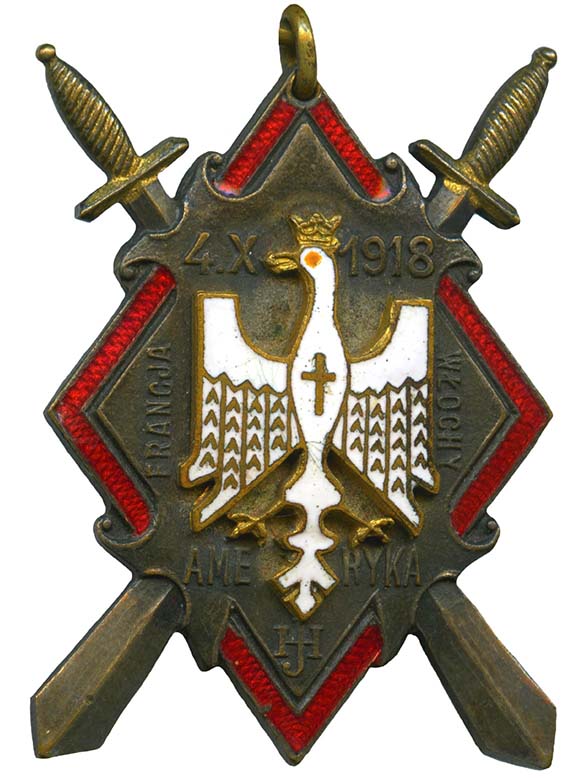
As early as 1915, the organization of the Polish American community, the Polish Falcon Asso-ciation in America, during a visit to President Wilson, received an assurance that if there was a peace confrontation, the USA received an assurance of support for the Polish cause. Thanks to volunteers from America, the idea of creating a Polish Army in France was saved, to which only 1000 people signed up at the beginning. The appearance of nearly 15,000 volunteers from America gave impetus to the development of structures. The first transports of volunteers from America to France arrived in December 1917, right after General Józef Haller was appointed commander.
The aim was to create the largest possible army in the shortest possible time, able to move quickly to Poland on the front lines.
The Polish community in blue uniforms represented Poland in the victory parade in Paris at the Arc of Triumph.
Those receiving the parade were the winners of the First World War, the leaders of the Entente, including General J. Haller on the stand as commander of the allied forces.
The composition of the Blue Army was a veritable mosaic of countries of origin. The soldiers of the Polish-French most often came from the Foreign Legion or the regular French army. A large group of the Polish community came from Germany. Most often they were non-commissioned officers from the German army. There were also officers and soldiers from the Russian and Austrian armies and legionnaires who had been captured in various ways.
It is estimated that the Polish -Americans issued approx. 22 thousand. Soldiers. Poles from the French army, Poles prisoners of war from the Austro-Hungarian and German armies, there were over 40,000. About 300 people came from Brazil.
The most important organization and development of the army took place after the end of the First World War. In 1919, General Haller, coming to Poland, had nearly 70,000. well-trained and well-equipped soldiers: 5 infantry divisions, 7 aviation squadrons, several tank battalions, a large amount of ammunition, weapons, car equipment. In 1919, the Blue Army took part in the fighting in Eastern Galicia, despite the prohibition of Western states. They also secure Silesia against German attack during the plebiscite and the uprising. On September 1, 1919, the “gen. Haller’s army recruiters family” were incorporated into the ranks of the Polish Army, which met with the disapproval of American volunteers.
The village of Susły near Lviv is a symbol of the participation of the Polish community in the bat-tles of Polish Independence, after nearly 100 years, the names of 62 Polish soldiers who died on June 27, 1920 have been restored. They were buried in a nameless grave. Soldiers from Haller's Blue Army belonged to the 13th Miner Battalion and their task was to build and defend the bridg-es on the Słucz River in Zwiahlu (today's Nowogród Wołyński). They died during the Polish-Bolshevik war. Their bodies were stripped of their uniforms and abandoned without burials in local farm lands.The 13th Miner Battalion was part of the 2nd Kaniowski Miner Regiment, the glorious traditions of the 2nd Regiment were inherited and cared for by the Stargard Engineers Battalion.
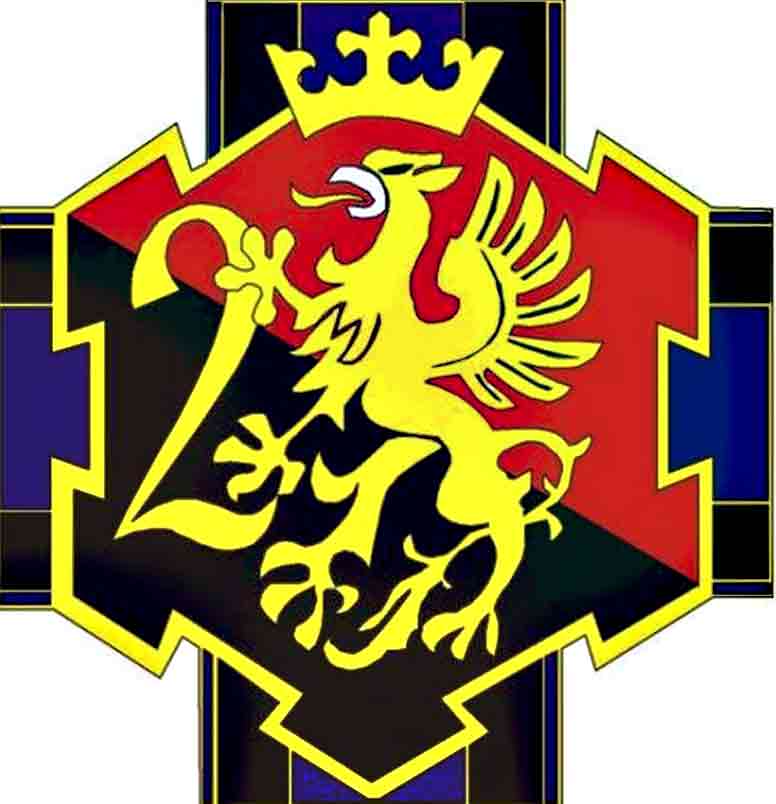
President Andrzej Duda sent a letter of thanks to people from the “In Blessed Art Foundation” for the project to commemorate the resting place of our heroic defenders of the Fatherland. The project is also supported by the Polish Business Center World association from Vienna.
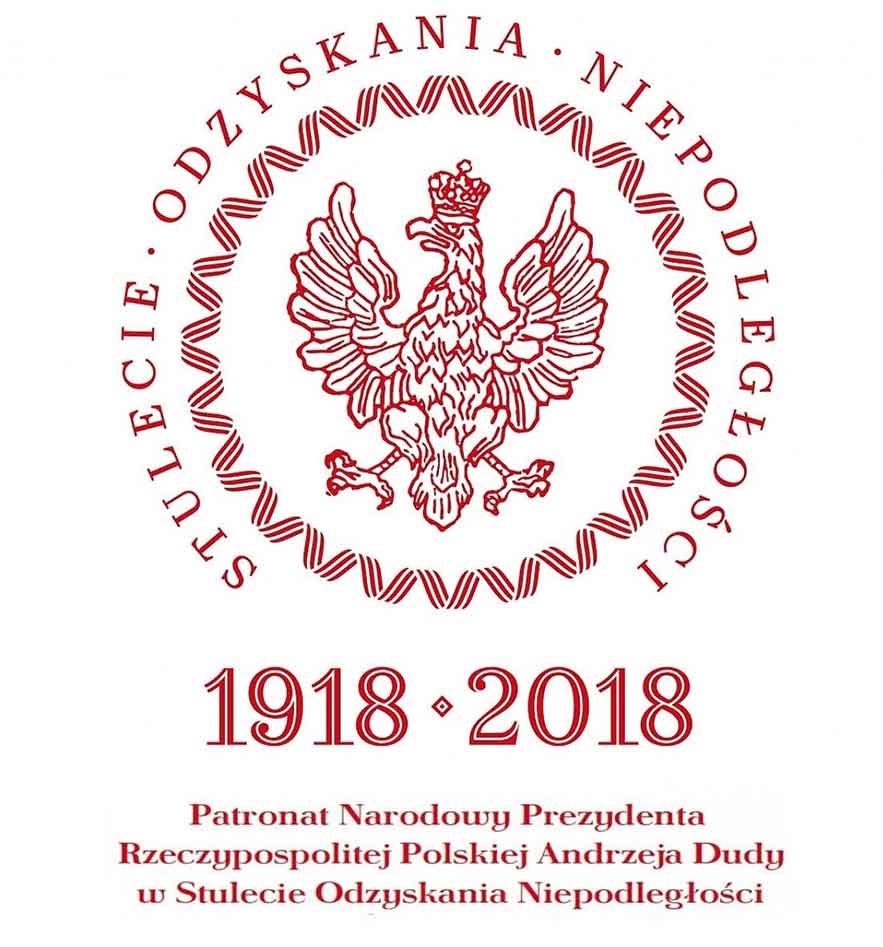
During the Battle of Warsaw in 1920, gen. J. Haller commanded the North-Eastern front. As an inspector of the Volunteer Army, he efficiently conducted campaigns to appoint volunteers to defend Warsaw. On August 18, 1920, he received a medal from Pope Benedict XV. The medal was minted to commemorate the canonization of Joan of Arc, for defending Christianity against the Bolshevik invasion.
In 1923, General Haller went to America for the Congress of Haller’s army members of the Polish Army Veterans Association (SWAP). With this act, he wanted to emphasize and celebrate the military deed of the Polish diaspora in America. He was also received by the President of the United States, Calvin Coolidge and the Chief of Staff, General John Pershing.
During his second visit, he toured the most important Polish communities. During his meeting with Roosevelt, he managed to obtain a promise that all WW1 volunteers would obtain American citizenship.
At the end of his life, on May 3, 1957, General Haller planned to visit sanctuary Jasna Góra in Czestochowa. The communist authorities of the Polish People's Republic did not agree to a visit from a general living in London. He issued a statement explaining the purpose of his journey:
"As the oldest soldier of the Republic of Poland, I would like to give my service at the feet of the Queen of the Polish Crown, thanking you for the year 1920, for the survival of our nation during the war occupation, for the faith in Providence, brotherly devotion and foreseeing wisdom”.
At that moment, he wanted to stand next to the Primate of the Millennium, Stefan Wyszyński. While remaining in exile as a political refugee, General Haller was 72 years old and was the old-est of over a hundred Polish generals who made such a choice. Probably due to his age, he was not engaged in the Polish Resettlement and Deployment Corps, created in the summer of 1946, but he continued to receive military salaries.
He died on June 4, 1960. In his will, he allowed his body to be brought to Poland at a time when Poland would not be ruled by the communists. He "returned" to Poland in 1993. In the speech over the coffin of General J. Haller, the priest said: "(...) finally Haller is a living and luminous bond between the Motherland and the Polish Americans.
A similar figure is sought by the Polish diaspora and Poles in the world today and immediately, so that we can defend Poland together: overcome every war, including civilization, which threatens us despite the passage of 100 years.
P.S. Will there be a place in the Museum of the Battle of Warsaw in Ossów to commemorate the military deed of the Polish community in the war between Poland and the Bolsheviks?
We would like to thank all the organizers, especially Mr. Adam Lubiak, Wołomin’s Chief, for the great organizational effort and for inviting the Polish community to Ossów and Radzymin on Au-gust 15-16, 2020 for the 100th anniversary of the victory in the Battle of Warsaw.
The text has no ambition to be a historical study. Its purpose is to draw attention to the Polish diaspora and its importance in regaining and defending independence after the end of World War I and in the face of the Bolshevik invasion in 1920. Thanks to Marshal Piłsudski and General Hal-ler as well as many other great commanders, we are lucky to live since 2015 in the Fourth Re-public of Poland, defended during the democratic elections of 2020, just like 100 years ago in the war of civilizations.



